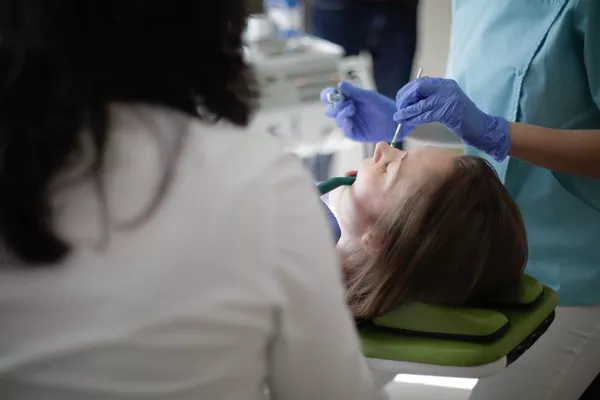Dental implants have emerged as a groundbreaking solution for replacing missing teeth, offering natural aesthetics, improved oral function, and enhanced quality of life. While dental implant procedures have an impressive success rate, it is essential to acknowledge that like any medical intervention, there is a possibility of failure. In this comprehensive analysis, we will explore the factors that contribute to dental implant failure, examine the overall failure rate among patients, and highlight measures to minimize the risk of complications.
I. Defining Dental Implant Failure
Dental implant failure refers to the inability of an implant to integrate successfully with the jawbone or sustain its functionality over time. There are two types of implant failures: early implant failure, which occurs shortly after surgery, and late implant failure, which happens months or even years later. Understanding the reasons behind these failures is crucial for both patients and dental professionals.
II. Common Causes of Dental Implant Failure
Several factors can contribute to dental implant failure. It is essential to recognize and address these potential causes:
Poor Osseointegration:
Successful osseointegration, the process of fusing the implant with the surrounding bone, is critical for long-term stability. Factors such as inadequate bone quality or quantity, improper implant positioning, and smoking can hinder osseointegration and increase the risk of implant failure.
Peri-Implantitis:
This inflammatory condition affects the soft and hard tissues surrounding dental implants, leading to bone loss and implant instability. Poor oral hygiene, bacterial infections, and pre-existing periodontal disease are common contributors to peri-implantitis.
Systemic Factors:
Certain systemic conditions, such as uncontrolled diabetes, autoimmune disorders, and radiation therapy, can impair the body’s ability to heal properly, increasing the risk of implant failure.
Smoking and Alcohol Consumption:
Smoking and excessive alcohol consumption have been associated with a higher risk of implant failure due to compromised blood supply, impaired healing, and increased susceptibility to infections.
Insufficient Implant Stability:
Inadequate primary stability during implant placement or excessive mechanical forces on the implant caused by bruxism (teeth grinding) can result in implant failure.
Infection:
Surgical site infections and bacterial contamination during the implant placement process can adversely affect the success of dental implants.
III. Understanding the Failure Rate of Dental Implants
Determining an exact failure rate for dental implants is challenging due to variations in study methodologies, patient populations, and follow-up periods. However, research suggests that modern dental implants have a high success rate, with failure rates typically ranging from 2% to 5%.
It is important to note that the majority of implant failures occur within the first year after placement. Early implant failures are often attributed to factors like poor osseointegration, infection, or surgical complications. Late implant failures, on the other hand, may be associated with peri-implantitis, biomechanical overload, or systemic conditions that develop over time.
IV. Reducing the Risk of Dental Implant Failure
While the failure rate of dental implants is relatively low, there are steps that patients and dental professionals can take to minimize the risk:
Comprehensive Patient Evaluation:
Thorough preoperative assessments, including a detailed medical history review, radiographic evaluation, and assessment of bone quality, help identify potential risk factors and determine appropriate treatment plans.
Skilled Surgeons and Treatment Planning:
Dental implant surgeries should be performed by experienced professionals with expertise in implantology. Proper treatment planning, including accurate implant positioning and adequate bone preparation, is crucial for implant success.
Patient Education:
Educating patients about the importance of oral hygiene, smoking cessation, and maintaining a healthy lifestyle can significantly reduce the risk of implant failure. Encouraging regular dental visits and adherence to postoperative care instructions is equally vital.
Implant Surface Modifications:
Advances in implant surface technology, such as enhanced coatings and microtextured surfaces, promote improved osseointegration and long-term implant stability.
Proactive Management of Peri-Implant Health:
Regular monitoring and early detection of peri-implantitis through routine check-ups, professional cleanings, and proper maintenance protocols allow for timely intervention and treatment.
Continuing Research and Advancements:
Ongoing research in implant materials, surgical techniques, and regenerative therapies contributes to improving implant success rates and minimizing complications.
V. Conclusion
Dental implants offer a reliable and long-lasting solution for individuals with missing teeth. While failures can occur, advancements in implant technology, rigorous patient evaluation, comprehensive treatment planning, and diligent postoperative care have significantly reduced the failure rate.
Related Topics:





























